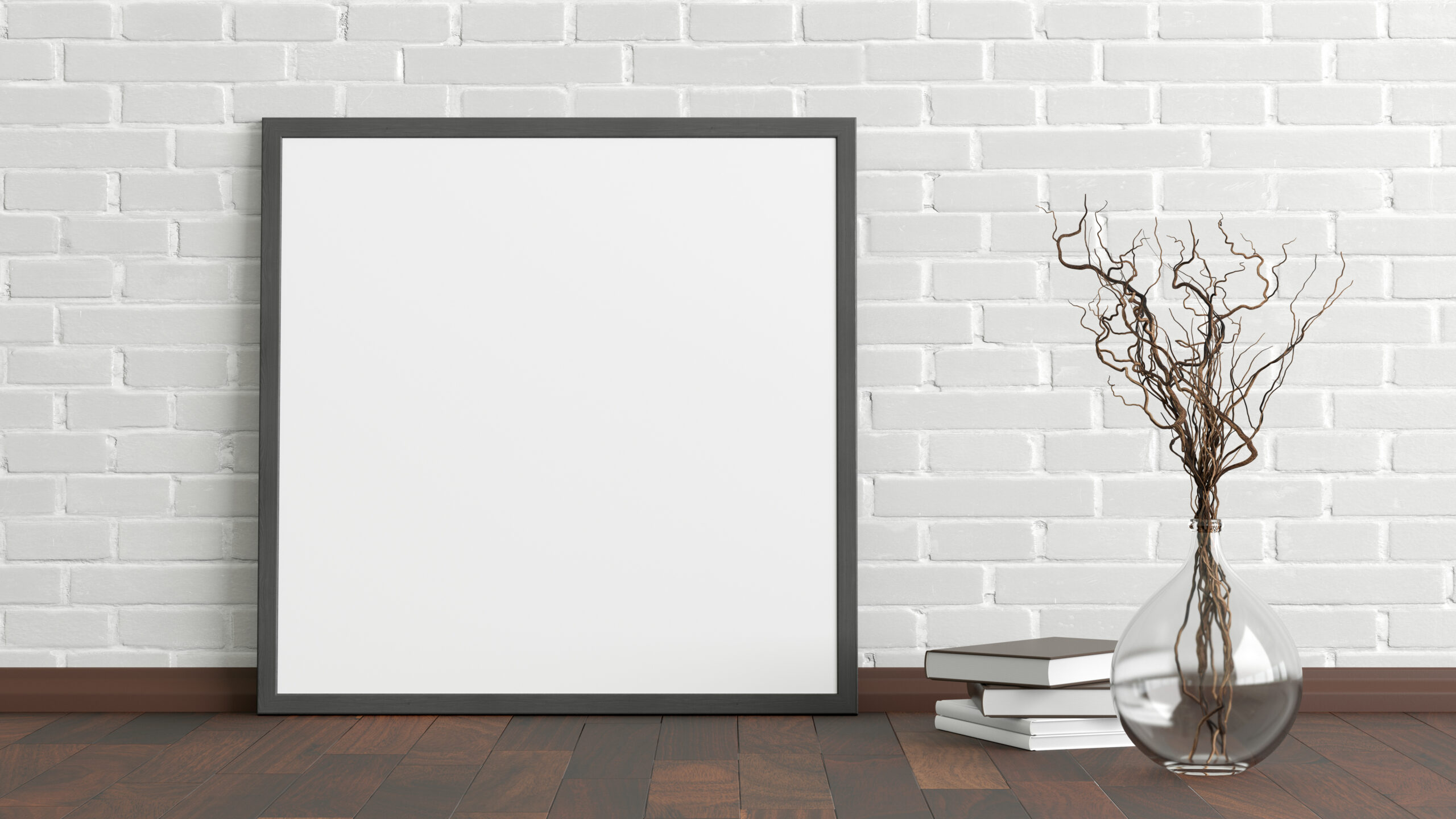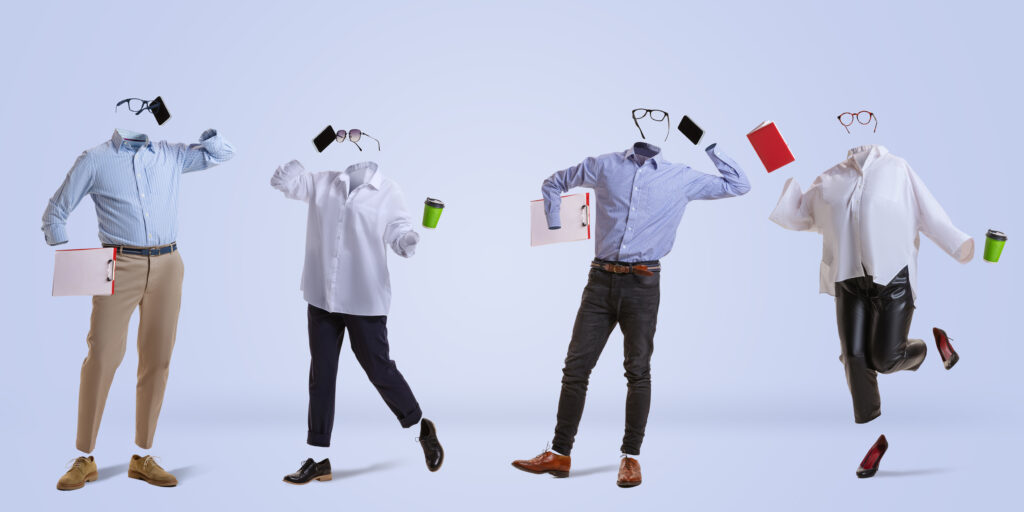When working in the digital industry, you may hear the acronyms UX and UI design used interchangeably. User Experience (UX) and User Interface (UI) design are two essential elements in the creation of digital products, such as websites, mobile apps, and software. While they are closely related, they serve distinct purposes in the design process. Here’s a beginner’s guide to understanding the difference between UX and UI design:
What is UX and UI Design?
UX Design
UX design refers to the term “user experience design” and focuses more on the user’s needs rather than the visuals. UX designers think about how the experience makes the user feel, the user flow, and how easy is for the user to accomplish their desired tasks.
In UX design, key aspects encompass user research, involving methods like surveys, interviews, and data analysis to comprehend the target audience’s preferences and pain points. Crafting user personas aids in empathizing with diverse user types. Information architecture focuses on organizing content for logical navigation while wireframing and prototyping help refine functionality and layout through low-fidelity sketches and interactive models. Usability testing gathers real user feedback for enhancements, interaction design addresses user interaction elements, and user flow maps out goal-oriented user steps within the product.
UX without UI is like a framed canvas without any paint.

UI Design
UI design refers to the term “user interface design”. UI designers make products joyful to interact with. They focus on the visual hierarchy and patterns that give visual cues to users. A UI designer will utilize brand assets while considering icons, buttons, typography, color schemes, spacing, imagery, and responsive design.
In UI design, key aspects encompass visual design, involving the selection of colors, typography, icons, images, and other visual elements to craft an appealing and consistent design. Layout design focuses on arranging elements for an intuitive and accessible user interface, while responsive design ensures adaptability across various screen sizes and devices. Typography choices are made to enhance readability and aesthetics, and iconography is designed to convey meaning and aid user comprehension. The process includes creating high-fidelity interactive prototypes to demonstrate the final product’s look and feel.
UI without UX is like clothing without a person to wear it.

What are the biggest differences between UX and UI design?
The main difference between UX and UI design is all about the overall feel of the experience, while UI design is all about how the product’s interfaces look and function. Here are some of the key differences to bear in mind.
Focus: UX design concentrates on the overall user experience, while UI design focuses on the visual and interactive aspects.
Goals: UX design aims to make a product functional and user-friendly, whereas UI design aims to make it visually appealing and engaging.
Research: UX design involves extensive user research, while UI design primarily deals with visual design and layout.
Tools: UX designers use tools like wireframing software and usability testing platforms, while UI designers use design software like Adobe XD, Sketch, or Figma.

Ending Note
In summary, UX and UI design are complementary disciplines that work together to create successful digital products. UX design ensures that a product meets user needs and expectations, while UI design ensures that it looks visually appealing and is easy to use. Both UX and UI design are crucial for delivering a satisfying user experience.
As a full-service digital marketing agency, Corkboard Concepts offers our clients creative digital services, such as website development, designed to enhance their brand and create better brand sentiment. Our approach is grounded in building robust client relationships, which, in turn, leads to a deeper understanding of their business. This understanding translates into more compelling and impactful creative design that truly reflects the essence of the business. We enthusiastically embrace any chance to apply this knowledge in crafting your website and other marketing materials that contribute value to your brand and facilitate your achievement of objectives. Contact us today to get started!
Check out some of our other website-related blogs for even more helpful tips and tricks. Here are some recommendations to get you started!





